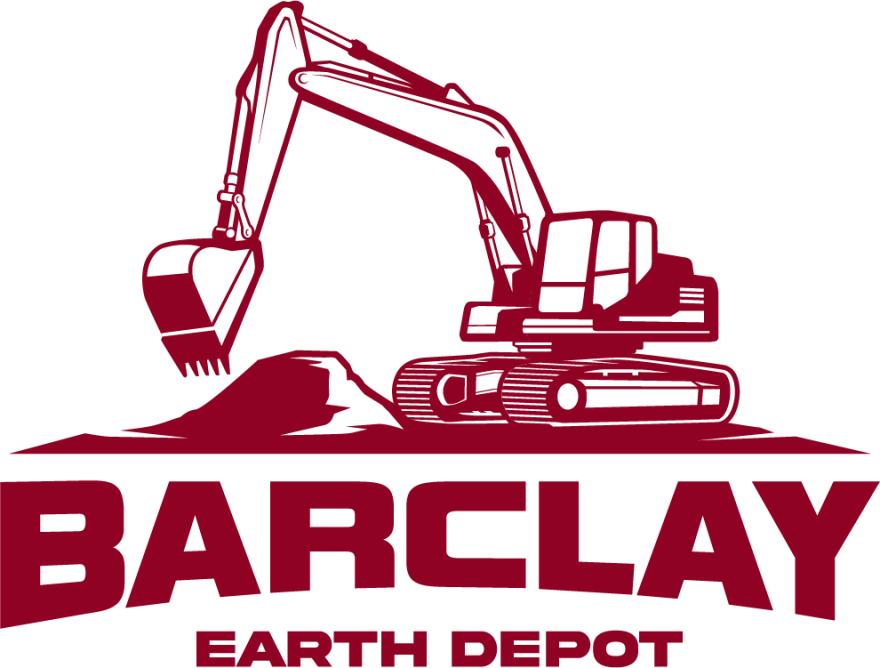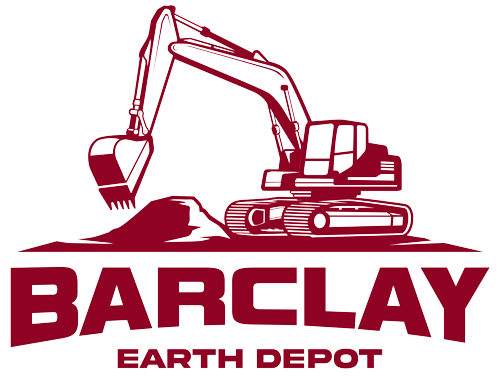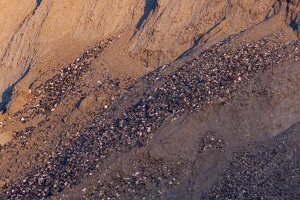 When planning for landscaping projects, having the right materials is essential for success. Unscreened fill dirt may be touted as the go-to solution for many projects, but is it really a viable option?
When planning for landscaping projects, having the right materials is essential for success. Unscreened fill dirt may be touted as the go-to solution for many projects, but is it really a viable option?
Selecting the right type of fill dirt is essential for any project, as it directly affects the success of the completed project. An incorrect choice can lead to poor drainage and soil erosion, or could cause compaction and inhibit root growth. Any one of those issues could have serious consequences when trying to cultivate a healthy garden or landscape.
Taking the time to analyze your soil’s conditions and to consider all of the factors, such as the size of stones and other debris, nutrients, organic matter and budget, will ensure you find the best fill dirt for your needs. A proper selection can make all the difference between an average result and a great one.
Here are some of the benefits and drawbacks to using unscreened fill dirt in your next construction or DIY project.
Advantages of Unscreened Fill Dirt
The chief advantage of using unscreened fill dirt is cost. It is much less expensive than screened dirt due to the lack of processing. Unscreened fill dirt also does not usually contain organic matter and is mostly made up of crushed rocks, stone, and/or sand.
Depending on the nature of your project this dirt may be ideal. Even if you are planting in your garden or yard, unscreened fill dirt could still provide the necessary environment for your crops to thrive.
- Cost-effective compared to screened soil
- Lack of presence of organic matter
- Easier installation process due to lack of processing
- Can provide the necessary environment for certain crops to thrive
Disadvantages of Unscreened Fill Dirt
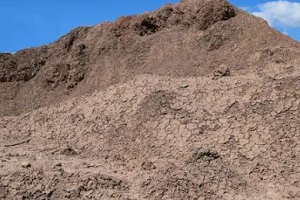 Despite its cost-effectiveness and potential benefits, unscreened fill dirt does come with some drawbacks. This type of soil may contain large rocks or debris that can cause issues with drainage and block root growth.
Despite its cost-effectiveness and potential benefits, unscreened fill dirt does come with some drawbacks. This type of soil may contain large rocks or debris that can cause issues with drainage and block root growth.
Additionally, it tends to be high in clay content which can lead to soil compaction from heavy rains or foot traffic. As a result, if you opt for an unscreened solution, you should expect more maintenance than with screened alternatives.
- May contain large rocks or debris that can cause drainage issues and block root growth
- High clay content can lead to soil compaction from heavy rains or foot traffic
- Expect more maintenance than with screened fill dirt
How To Choose the Right Type of Fill Dirt For Your Next Project
When selecting the right type of fill dirt for your project, there are a few important factors to review. First, you will need to consider what kind of project you are planning and analyze the conditions of the soil. If your soil is dry or sandy, using a screened topsoil may be more appropriate than unscreened fill dirt. Conversely, if your soil is heavy in clay content, you may prefer an unscreened solution for better water drainage.
Next, consider the size of stones and other debris to ensure they don’t interfere with root growth or cause drainage issues. Unscreened fill dirt can sometimes contain larger stones, while screened topsoil typically has finer particles that will provide greater stability and aeration.
Finally, keep in mind that some types of soil have additional benefits such as added nutrients or organic matter which can help improve fertility and long-term sustainability. Depending on your budget and preferences, these options may be worth considering when making your decision on which type of fill dirt to use for your project.
It is important to note that if you need organic matter to be present in the dirt, unscreened fill dirt is not the best option. In this case, you will need to seek out specially screened fill dirt in order to get a more tailored product to be used in your projects.
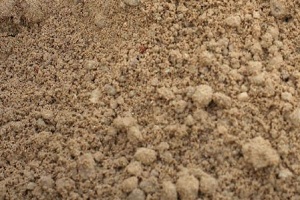 Overall, unscreened fill dirt is best suited for projects that need to improve drainage and increase water retention and for areas with heavy clay content to help reduce soil compaction due to excess moisture.
Overall, unscreened fill dirt is best suited for projects that need to improve drainage and increase water retention and for areas with heavy clay content to help reduce soil compaction due to excess moisture.
Unscreened fill dirt is also ideal for slope stabilization, building up embankments and other projects where you’re looking to stabilize shallow-rooted plants or shrubs. Its non-uniform texture helps retain moisture while discouraging weeds, which makes it the perfect choice for landscaping and gardening applications.
How Barclay Earth Depot Can Help
Barclay Earth Depot understands that not all projects require the same type of material and offer both screened and unscreened options. When deciding between screened or unscreened soil, look first to the type of project and then considerations such as budget and required maintenance should to make your decision.
You can also count on the experienced professionals at Barclay Earth Depot for guidance on making the correct decision and for providing quality material. For more information, contact our team of experts today at 941-933-4448.
